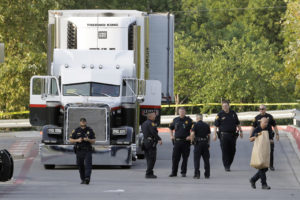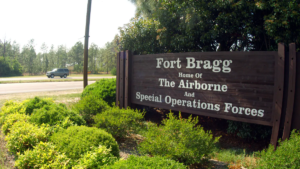As countries ease visitor requirements to test or quarantine, the pent-up demand for travel is meeting a limited supply. Late last year, HawaiʻiGovernor David Igne retracted an earlier plea for tourists to stay away from the island due to COVID-19 — something Native residents have demanded for years. Now visitors are spending more than before and visiting at near pre-pandemic rates, marking the turbulent return of the archipelago’s extractive hospitality sector. Some call this upsurge “revenge travel,” as if people are booking more indulgent vacations to offset their time in isolation.
Anthony Banua-Simon’s documentary Cane Fire traces this industry back to its colonial roots in 19th-century sugar plantations. The director’s great-grandfather, Albert, migrated to Hawaiʻi from the Philippines for such work. Fed up with inhumane working conditions under Alexander & Baldwin (one of the “Big 5” US companies that own most of the island to this day), Albert joined the 1940s labor movement led by the International Longshore and Warehouse Union. He was also rumored to have been an extra in the first Hollywood film shot on Kauaʻi, 1934’s White Heat (also known as Cane Fire), which is now lost. In it, a Native character (played by white Argentinian Mona Maris) burns down a sugar plantation. The ratings board revised the scene so that a white character starts the fire, fearing the original version would “tend to incite crime” (i.e. resistance) among workers. Later, when word of the sugar industry’s exploitation spread overseas, the Big 5 partnered with Hollywood to launch an elaborate promotional campaign to drown out complaints and stimulate Kauaʻi’s new dominant industry: tourism.
Banua-Simon sets this propaganda against itself, repurposing the archive while filming new oral histories to regenerative effect. In between sleek drone shots that showcase “plantation”-style mansions and their surroundings, he interviews his family and activists on Kauaʻi. Through a montage of cinematic violence and burning cane fields, he demands the kind of immediate call to action that would have petrified the 1930s ratings board. In voiceover, he states his hope to find the lost print of White Heat and see his great-grandfather, if only for a split second. Given possession of this image, perhaps the director could extend its duration and bring Albert closer to his rightful place in the foreground.
Cane Fire also makes a strong case for cinema’s ability to devastate the lives of working-class people. The Big 5’s PR campaign played an integral part in displacing Native and Asian Hawaiian workers. The island’s true geography and history contend with both grotesque cultural appropriation and total fiction. One Kauaʻi tour guide whom Banua-Simon interviews explains how he realized that visitors associate the scenery with iconic movie scenes, not their actual history. Sacred Mahunapuʻuone burial grounds are known as the site of the Coco Palms Resort, where Elvis rode a flowery platform propelled by Hawaiian extras in canoes in 1961’s Blue Hawaii.
Banua-Simon shoots in an intuitive and present manner, rather than with carefully staged camerawork. He only indulges in symmetry and landscape when composing the stunning view from his Great Uncle Henry’s secret spot in the hills. This aesthetic humility sets Cane Fire far apart from the Hollywood pictures, travel agency ads, and vlogs that endlessly vulgarize Kauaʻi’s beauty. The archival materials are edited to emphasize Native and Asian Hawaiian extras (often cast interchangeably in subservient, non-speaking roles). Brought to the foreground, these actors’ thousand-yard stares pulverize the illusions of the films around them. Banua-Simon intercuts them with contemporary portraits of Kauaʻi residents, illuminating the limits of the Hollywood frame and imagination with his own vibrant formal play.




